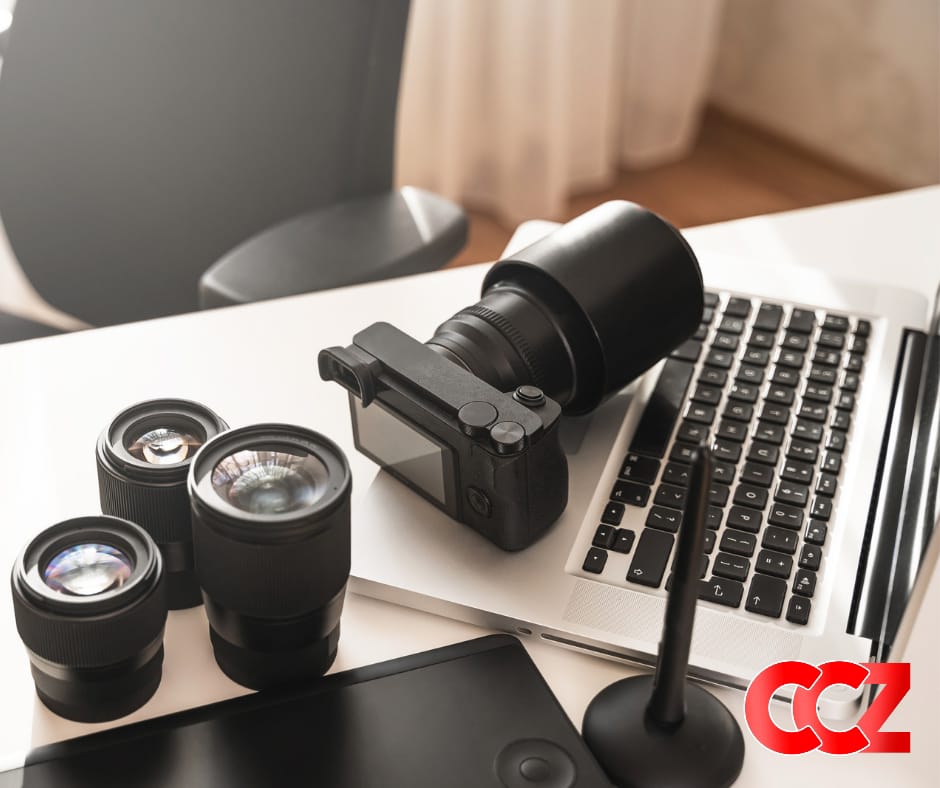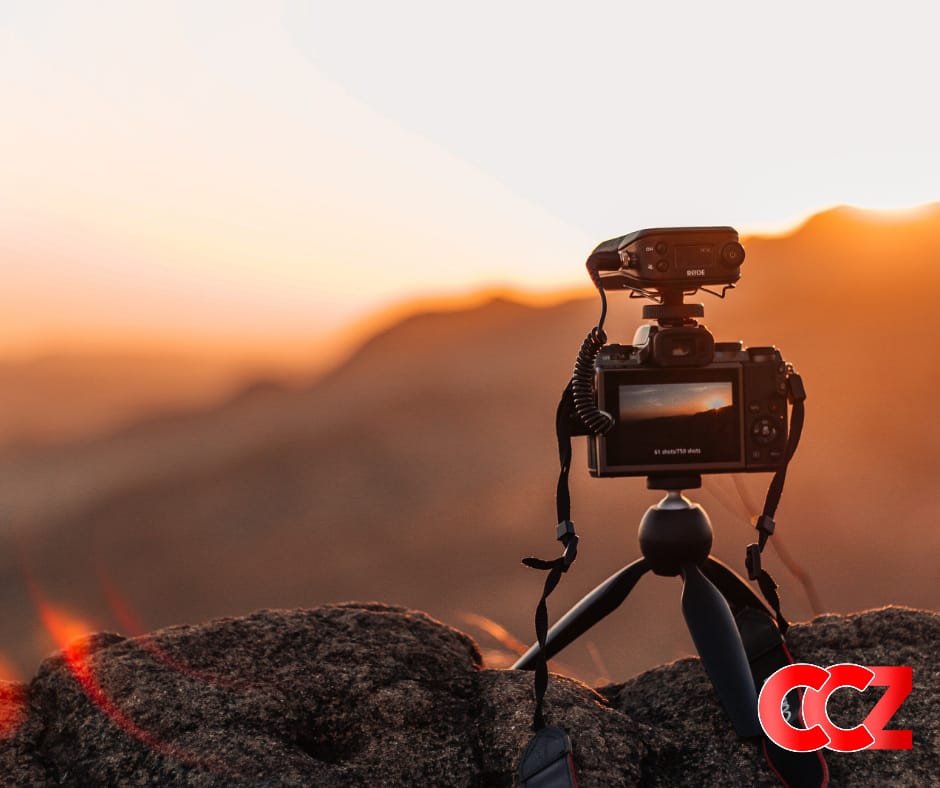Not every lens is the right choice to capture a photo in a particular scenario. The variety of camera lens options for photography and video making may make it confusing and even frustrating to sort out the most appropriate lens for a specific photo or video type.
This brief guide will explain numerous camera lens types available for photography and videomaking. It will help photographers choose between zooms, telephoto, wide angle, and other camera lens options according to their photography project.
1. Prime Lens (Primers)
The two broad camera lens categories include zoom and prime. A prime camera lens comes in varying lengths, ranging from a 6mm fisheye lens to a 600mm telephoto lens, whereas it has a fixed focal length. A prime camera lens was once sharper than a zoom lens, which is no longer the case. Now zoom lenses work almost like prime lenses.
Besides being a bit shaper, primers tend to be smaller, lighter, and less expensive than zooms. The market also has giant and costlier prime lenses. The one focal length with prime allows the photographer to move closer to their subject or distance it further. Primers with one diverse focal length and lenses usually indicate more expenses.
2. Normal or Standard Lens
Known as a standard or normal lens, a 50mm lens is a standard focal length for a primer. The focal length matches more or less with human eyes as their field of view is about 50mm. Camera lenses with a focal length are similar to the diagonal size of an image sensor or the film frame and are considered standard or normal.

3. Zoom Lenses
Zoom lenses comprise a variable focal length that allows zoom in and out on the subject to change composition. They have various configurations, ranging from 16-35mm ultra-wide angle to 70-200mm telephoto zoom and 100-400mm telephoto zoom. These types of camera lenses are lightweight and compact. They work best to obtain greater flexibility in how a photographer frames their image. The standard zoom works well for numerous types of photography, such as landscapes, travel, events, street photography, and family photos.
4. Superzoom Lenses
As the name suggests, superzoom lenses aim to provide a bit more reach than a standard zoom. It usually goes from 24mm to around 200mm, though some lenses also go well beyond this range. While it makes superzoom lenses more versatile than standard zooms, it loses in quality. Sometimes, superzoom lenses are not as sharp as standard zooms, particularly in the frame corners, but some photographers find them sharp enough to post their images online.
5. Kit Lenses
Almost every entry-level interchangeable lens camera comes with a pre-installed kit lens. It works like an 18-55mm zoom lens, occasionally with a second kit lens in the 75-300mm range. These entry-level lenses offer a flexible focal range to let photographers capture various subjects, including standard, telephoto, and wide-angle images. While these lenses are a good start, some photographers may need to upgrade or expand their collection with more technological lenses to have superior picture quality.
6. Wide-Angle Lenses
These camera lenses can capture a wider field of view. For instance, a landscape photographer can click a wide-open space with a wide-angle lens, whereas architectural photography can use it to capture more of a specified interior space. These lenses offer a greater depth of field than a telephoto or standard lens, allowing photographers to get everything in their pictures sharp with one shot.
7. Telephoto Lenses
Sports, wildlife, portraits, and close-up photography projects involve telephoto lenses for superior results. They also work wonders when photographers cannot get close enough or do not want to get too close to their subject.
70-200mm to 150-600mm are typical ranges for telephoto zooms. Portrait photographers prefer the 70-200mm length to zoom in for close-ups without stuffing the subject. Telephoto lenses produce more compressed and more natural-looking images than a standard-length lens. They also have less depth of field than wide-angle lenses, which helps separate the subject from the background.
8. Super-Telephoto Lenses
These lenses have more significant focal lengths than 300mm on a 35mm camera with a full frame. Photographers choose these lenses to click on distant subjects like the moon.
Conclusion
Choosing the right camera lens depends on the requirements of a photography project. For instance, if a photography project needs a single camera lens to do it all, a super zoom or standard zoom will be the best choice. A wildlife photographer will require a long telephoto lens, whereas landscape photography will need wide-angle lenses to do the trick.
Some photographers get a “holy trinity” – a collection of camera lenses, including standard zoom, a telephoto zoom, and an ultra-wide-angle zoom to get adequate coverage for various situations.
However, it is unnecessary to grasp a collection of camera lenses as photographers can make it work with whatever they have. They can use any lens to click some great pictures. While nobody can get every camera lens to get every type of image, some lenses can work more impressively than others in certain situations. The trick is to know the purpose of the photography project and balance that with its budget.

